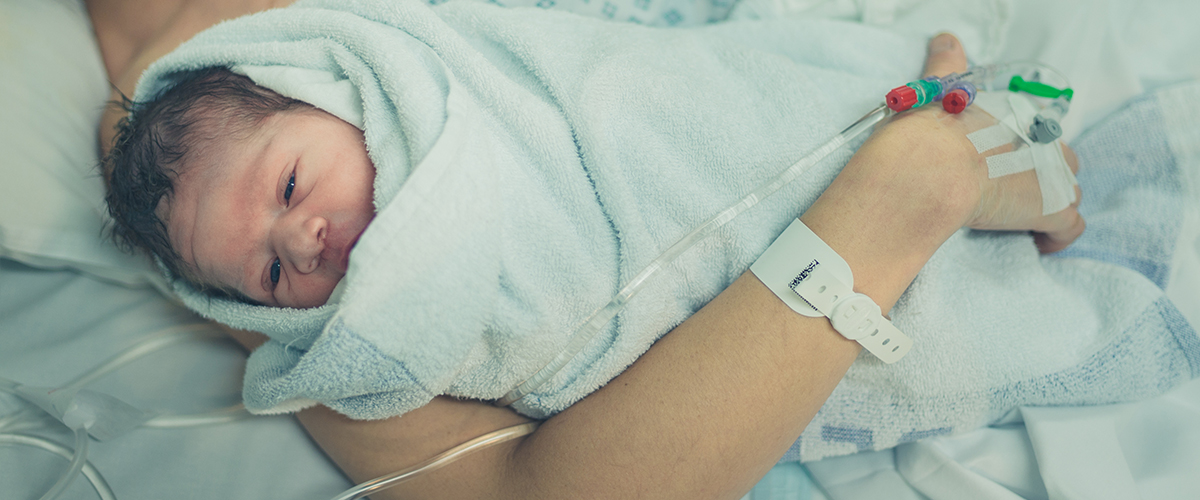In Canada, the rate of episiotomy during childbirth has declined in recent years, but when it comes to births assisted by forceps or vacuum, this downward trend warrants a closer look, suggests new UBC faculty of medicine research.

Episiotomy was once considered routine, but its use began to decline in the 1990s when a series of studies revealed the practice was not only ineffective at protecting women from injury, but actually increased pain and extended recovery time. However, this finding applied only to vaginal deliveries that did not need assistance by forceps or vacuum — instruments that are used to help with the delivery of a baby when problems arise.
A new study, published today in the Canadian Medical Association Journal, found that, while there is a higher risk of severe tears when episiotomy is used in unassisted births, when it comes to assisted births, especially those with forceps, the practice should still be considered.

Giulia Muraca
“The pronounced decrease in the episiotomy rate among vaginal deliveries assisted by instruments suggests that this may be an example of ‘clinical creep,’ where the recommendation to move away from routine episiotomy among unassisted vaginal deliveries may have been overgeneralized to apply to all vaginal deliveries, including those where instruments are involved and where there may be a benefit,” says the study’s lead author Dr. Giulia Muraca, a postdoctoral fellow with UBC’s department of obstetrics and gynaecology and with the clinical epidemiology unit at the Karolinska Institute in Stockholm, Sweden.
For the study, researchers used data provided by the Canadian Institute for Health Information to analyze trends in episiotomy use in more than 2.5 million births in Canada between 2004 and 2017. They found that overall, the rate of episiotomy is declining among both unassisted and assisted deliveries, despite the fact that episiotomy can protect against severe tears among women in the latter group.
The researchers also examined the relationship between episiotomy and obstetric anal sphincter injury (OASI), a condition characterized by severe tears to the perineum. Severe tears in this area can lead to short-term and long-term pain, infection, sexual problems and incontinence. In Canada and other industrialized countries, the rate of OASI has increased by up to 15 per cent in recent years. In 2017 alone, about 18 per cent of women in Canada were diagnosed with OASI after a delivery with forceps or vacuum.
Generalizing the episiotomy guidelines for all vaginal deliveries can cause harm, particularly in women delivering their first child and in women having a vaginal birth after caesarean section.
Dr. Giulia Muraca
Episiotomy was associated with up to a 42 per cent reduction in risk of OASI among women who had delivered vaginally for the first time.
The findings suggest that obstetricians should be cautious of applying the same episiotomy guidelines to all patients, said Dr. Muraca.
“Generalizing the episiotomy guidelines for all vaginal deliveries can cause harm, particularly in women delivering their first child and in women having a vaginal birth after caesarean section,” she said.
The study was funded by the Canadian Institutes of Health Research.